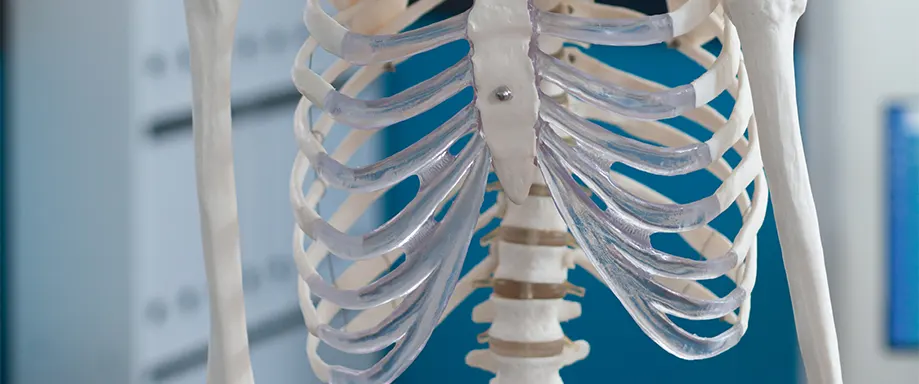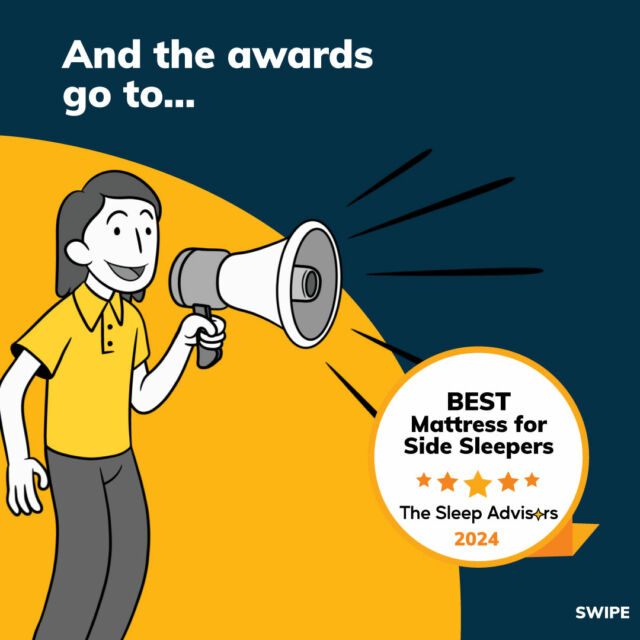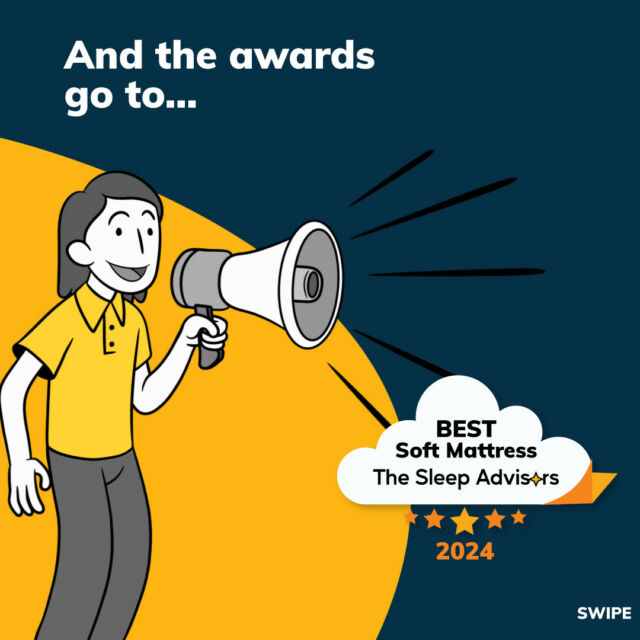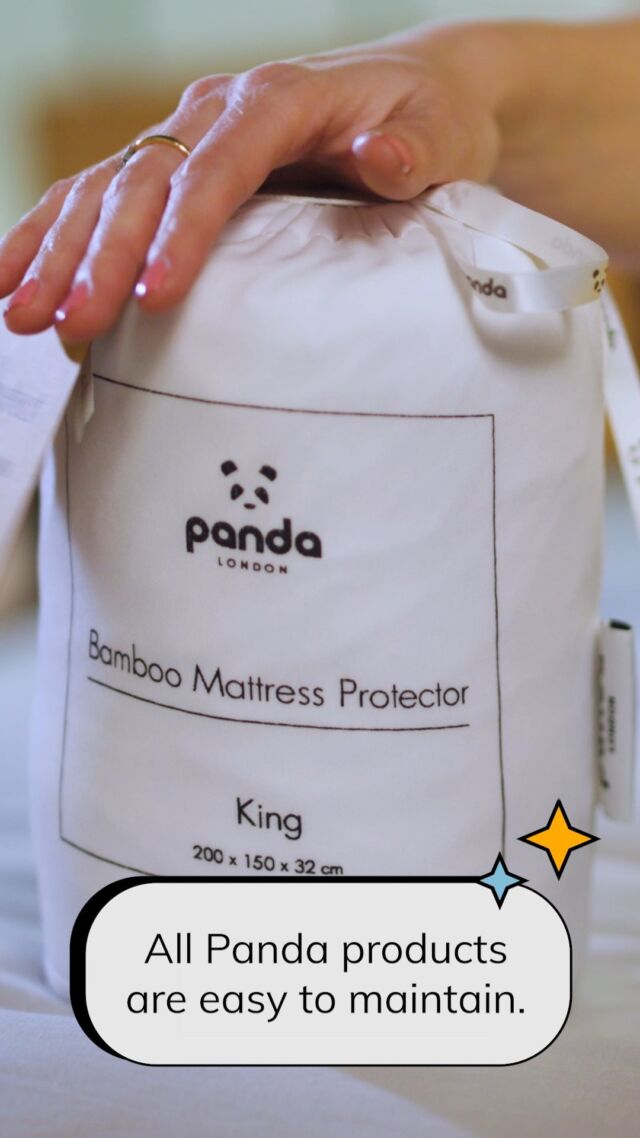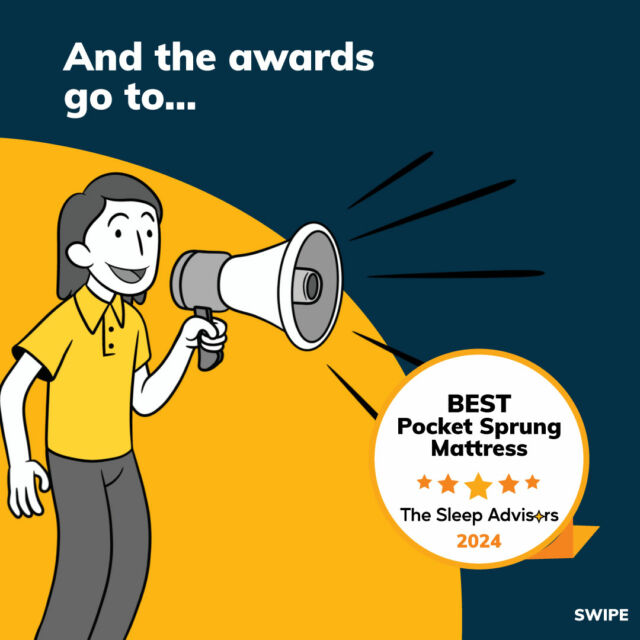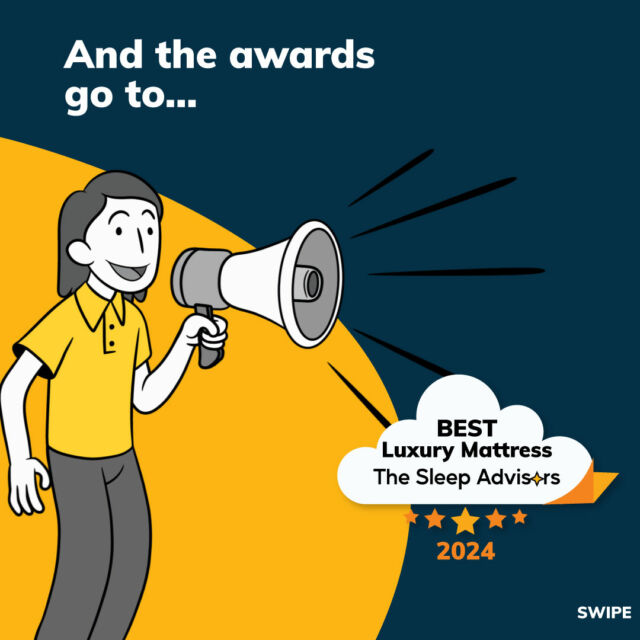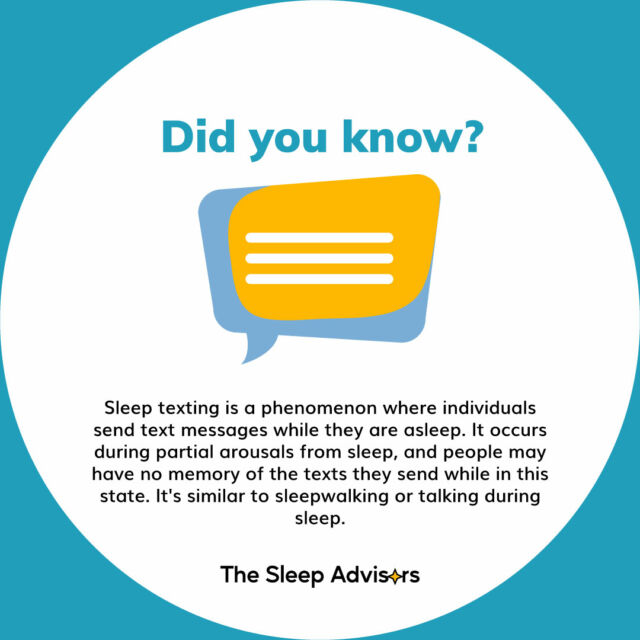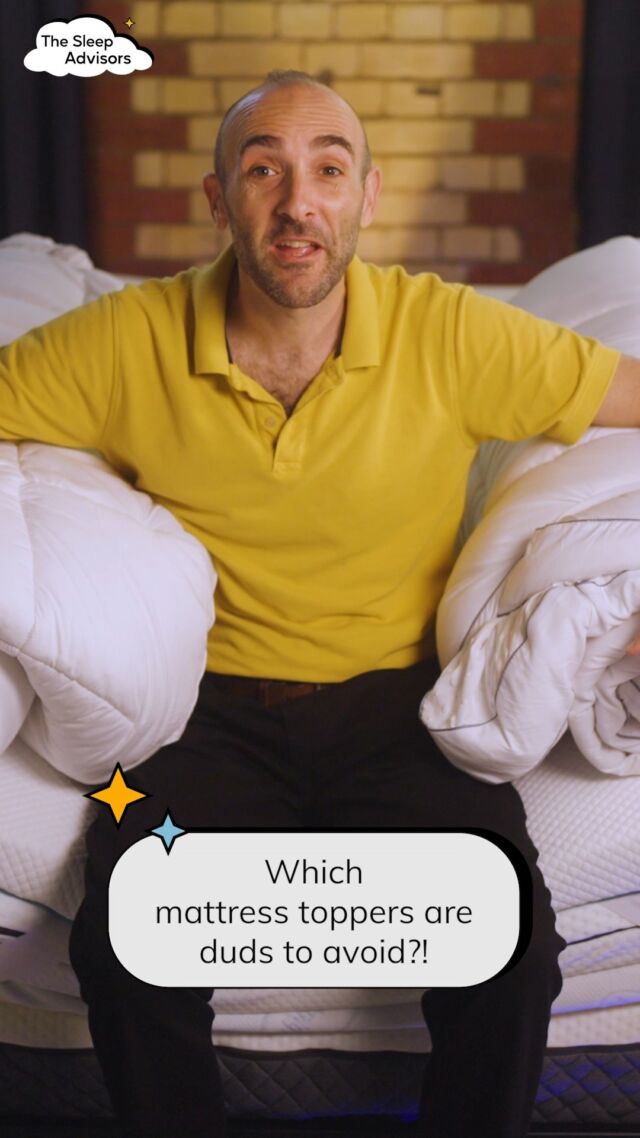What causes a cold?
Viruses cause colds. Colds are so prevalent because many viruses that cause them do not result in long-lasting protection following infections, and some of them have several types. Rhinoviruses, which have at least 100 serotypes, are the most prevalent cause of colds in both children and adults. Rhinoviruses are the ones to blame in over 50% of cases. Other viruses that cause colds are RSV, human metapneumovirus, influenza virus, parainfluenza viruses, adenoviruses, and coxsackieviruses A and B.
Those viruses enter your body through your mouth, eyes, or nose and they make you sick at night first, and then they make you sick for days – many days. There are two common ways of transmission- one is spread through infected droplets in the air. Another one is through contact with someone with a cold or by sharing contaminated objects. If you touch your eyes, nose, or mouth after such contact your chances of getting sick are rather high.
Symptoms of a cold
The immune system's reaction to infection may be the primary cause of the symptoms of a cold, which are brought on by the viral infection of the upper airways. Symptoms of the common cold do not vary by a specific causative virus. In older children and adults, rhinorrhea, nasal obstruction, and sore or scratchy throat are typical. The rhinorrhea is initially clear but may become colored as the illness proceeds. Fever (>38°C) is uncommon in adults.
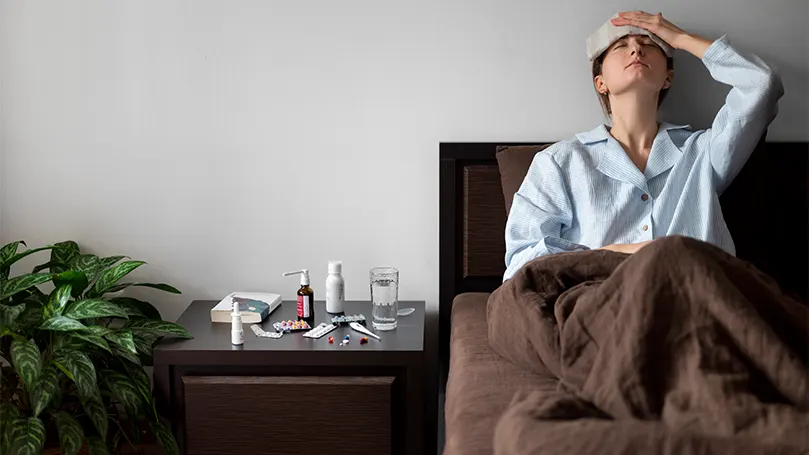
Other symptoms include a headache, muscle and joint pain, severe malaise (a feeling of being ill), a cough, watery eyes, and a lack of energy. Acute cold symptoms usually resolve within three days and, at the most, 5-7 days. But it can take a bit longer for the symptoms to go away completely. Coughs, in particular, can be stubborn. Adults need 18 days on average to completely recover from a cough, which can take up to three weeks for children.
Runny or stuffy nose
The first symptom of the common cold is usually a runny nose, which functions to wash out the increased viral flora so that the number of virus-infected cells decreases. These symptoms result when excess fluid causes blood vessels and mucous membranes within the nose to swell. Within three days, nasal discharge tends to become thicker and yellow or green in colour.
But, if these symptoms last more than ten days, you begin to have yellow/green nasal discharge, or a severe headache or sinus pain, you should consider calling a doctor, as you may have developed a sinus infection.
Sneezing
Sneezing is one more common symptom. It is a reflex that should protect us. To stop an irritant from going from your nose into your sinuses or lungs, you sneeze to push it out. It's the body's way of throwing out an intruder.
Sneezing is triggered when the mucous membranes of the nose and throat are irritated. When a cold virus infects nasal cells, the body releases its natural inflammatory mediators, such as histamine. When released, inflammatory mediators cause the blood vessels to dilate and leak, and the mucus glands secrete fluid. This leads to the irritation that causes sneezing.
Sore throat
A sore throat means tissue invasion by the proliferated viral flora has started, followed by inflammation, which usually consists of the four classical signs of redness, swelling, pain, and heat. A sore throat feels dry, itchy, and scratchy, making swallowing painful and even making eating solid food difficult. If you have a persistent sore throat (one that lasts three to four weeks), you have a sore throat and a very high temperature, or you feel hot and shivery, you should see your doctor because your sore throat rarely may be a symptom of a more severe condition.
Cough
Cough is the leading reason for primary care consultations and might last for three weeks or more. It is a natural reflex that is your body'sbody's way of removing irritants from your upper (throat) and lower (lungs) airways. A cough helps your body heal and protect itself. Coughs may be dry coughs or chesty coughs. A dry cough does not produce any mucus. A chesty cough (”productive” cough) produces mucus and may cause feelings of congestion in the chest. The good news is that most coughs clear up within three weeks, although some, known as postviral or postinfectious coughs, can last up to 8 weeks.
Fever
Systemic fever is an essential inborn defence. The higher the body temperature is, to some extent, the lower the proliferation rate of the virus is. Therefore, average body temperature is a vital body defence against bacterial or viral infection. Actually, viral proliferation is strongly inhibited by high temperatures (higher than 37.5 °C).
Because it takes a bit of time (minimally 2–3 days) to activate the adaptive, specific immunity for invading viruses, the body's defence system uses the high fever as a non-specific defence tool immediately upon viral infection, which works in a very short time. Fever is uncommon in adult cases of the common cold. Still, it is common in infants because the adult has been exposed to numerous common cold viruses, and subsequent infections do not trigger a strong immune response. In contrast, the viruses are novel to the infant.
Lack of energy
Lack of energy is a common symptom of many different infections. It is a normal part of the body's response to fighting disease because you're left tired with so much of your energy directed at fighting the cold virus. Usually, the fatigue goes away quickly once the body has dealt with the infection. Postviral fatigue is when the fatigue that starts with a viral infection continues for a more extended period after the infection has gone.
Lack of energy is usually associated with muscle aches and pains – myalgia. The effects of cytokines on skeletal muscle cause myalgia. Proinflammatory cytokines have been implicated in inducing the breakdown of muscle proteins. The breakdown of muscle protein in response to cold can be beneficial because it mobilizes proteins and amino acids that can be converted in the liver to opsonins and other immune response components.
Severe symptoms, less often present
Severe symptoms are luckily rare, but they can happen. You need to recognize them on time and schedule a doctor's appointment. They include:
- Symptoms that last or get worse after 10 days.
- Shortness of breath.
- High fever.
- Pain or pressure in your chest.
- Coughing up blood.
- Sudden dizziness or feeling faint.
- Severe
- Vomiting.
- Confusion.
- Severe sinus pain.
- Swollen glands in the neck or jaw.
Tips for sleeping with a cold
Getting good night's sleep is one of the most important aspects of recovering from an illness. Unfortunately, nasal congestion and a runny nose can make falling asleep difficult. Quality sleep helps the body prepare defences, whereas sleep deprivation negatively impacts the immune system. Evidence suggests that going short on rest increases the risk of developing the common cold. Similarly, sleeping during a cold is an integral part of recovery. Thus, when you have a cold, or when you are sick in general, do your best to sleep more. And, not only that – do your best to increase your sleep quality. Trust us, the better you sleep, the quicker your recovery will be.
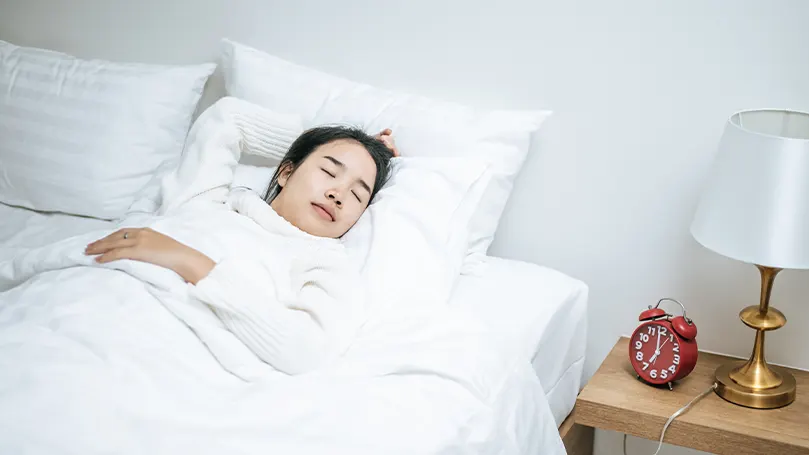
Here are some tips on how to sleep with a cold, relieve symptoms, and improve sleep quality.
Use a nasal decongestant
A nasal decongestant is one of the most effective cold medicines that reduces swollen tissue in your nose, which can decrease mucus production. This helps you breathe more easily, especially when trying to sleep. You can find them in the form of pills, nasal sprays, or drops.
Avoid using decongestants for too long, as extended use may lead to rebound symptoms and make you more congested than you were at the start.
Decongestants containing pseudoephedrine may increase blood pressure and heart rate. Do not take it without first checking with a doctor if you have heart disease, high blood pressure, prostate problems, diabetes, or thyroid problems. Also, unless a doctor recommends it, you should not use steroid nasal sprays on children.
Shower before sleep
A hot shower provides relief from cold and flu symptoms. You should take a hot bath but not too how. Take a few deep breaths once the bathroom is full of steam. Hot steam may help open the sinuses. Steam loosens the dried mucus and can help the nose drain before bed, reducing pain and congestion. Some people find that massaging the skin covering the sinuses promotes further drainage. Taking a warm shower before bed may also help a person relax before trying to sleep.
Drink a tea or other warm beverage
When you're sick, your body needs extra hydration while trying to get well. Here are some drinks that you may consume while you have a cold:
Tea has antiviral, anti-inflammatory, and antioxidant properties. While there isn't any proof that tea relieves stuffiness in the nose, studies have shown that hot beverages can make people feel better about their cold symptoms and fall asleep easier. Tea may feel even better if you add honey or lemon. Lemon may help fight infections, while honey may soothe a cough.
Warm water with lemon keeps you hydrated and loosens up stuffiness and congestion. Lemon is also high in vitamin C, which may make a cold slightly shorter if you get it regularly.
Clear soups give you calories when you may not have much appetite. The warmth also helps break up mucus.
Use a humidifier
Humidifiers add moisture to the air. Although they have not been proven effective in treating cold symptoms, they can make breathing easier. Dry air can irritate the throat and nasal passages. Some people like to add essential oils, such as peppermint or eucalyptus, to the humidifier. It is vital to clean humidifiers regularly, as moisture can promote the growth of bacteria and fungi. So, when you buy the best humidifier UK market has to offer, it would be best to read the machine's instructions on cleaning and disinfecting it first.
Other ways to help a cold
You can go with essential oils as well, although there isn't much research on their effectiveness, but they are safe and many have good experience using them.

Congestion worsens at night because it is harder for the nose and sinuses to drain. This means mucus pools in the head, making breathing harder and potentially causing a sinus headache in the morning. So sleeping with your head elevated can help drain mucus and relieve sinus pressure. The recommendation is to lie on your back and use an extra pillow to prop up your head.
Take an NSAID
Non-steroidal anti-inflammatory drugs (NSAIDs) have been widely used to treat pain and fever associated with the common cold. This group of drugs relieves pain and fever by tamping down on the substances in your body that cause pain and help control body temperature. Studies have shown that NSAIDs may effectively treat other cold symptoms, such as sneezing, headaches, ear pain, and joint and muscle pain. Some NSAIDs are available without a prescription.
NSAIDs are safe for most people when taken at the correct dose for a short time. Because of the risks of overdosing on pain medication, it's important to track how much you take and how long.
Use cough medicine
A lingering cough, whether due to a cold or other condition, can be frustrating and uncomfortable, especially when trying to relax or sleep. As we already said, there are a few types of cough, so depending on the type, different types of medicine should be used.: suppressants, expectorants, and ointments you apply to your skin called topicals.
Suppressants work by blocking your cough reflex. The most common ingredient is dextromethorphan. This type of medication isn't used to treat a cough with mucus.
Expectorants work to thin mucus, which can, in turn, help your cough move mucus out, clearing your airway. Some doctors say drinking water is the best way to get rid of mucus, but you can also use medications like guaifenesin. This drug thins the drainage, making it easier to move out.
Camphor and menthol are natural treatments that are for topical use. They usually come in an ointment you rub on your throat and chest. Their strong-smelling vapors may ease your cough and open up your stuffy head.
Gargle with a saline rinse
There is evidence that saline (salt water) rinses, sometimes known as nasal irrigation, can improve congestion and related symptoms. Although it's not a cure, it can help flush out a virus. Saltwater gargling is inexpensive and easy to do. When doing a saline rinse, you should only use distilled water. You can also boil water and allow it to cool to room temperature. Using saline spray may help decrease tissue inflammation in the nose and reduce stuffiness. Saline-only sprays do not contain medication, so they are usually safe during pregnancy.
Conclusion
Although we have all had colds numerous times in life, each time is equally unpleasant. It affects our everyday life and also our sleep. Since sleep is especially important for a quick recovery, you must do everything to provide yourself with at least 8 hours of good night's rest, even if you otherwise sleep less. We hope our tips helped you. They are not a substitute for medical advice, so if you notice a worsening, go to the doctor immediately.
Spread the word
Recommended reading:



